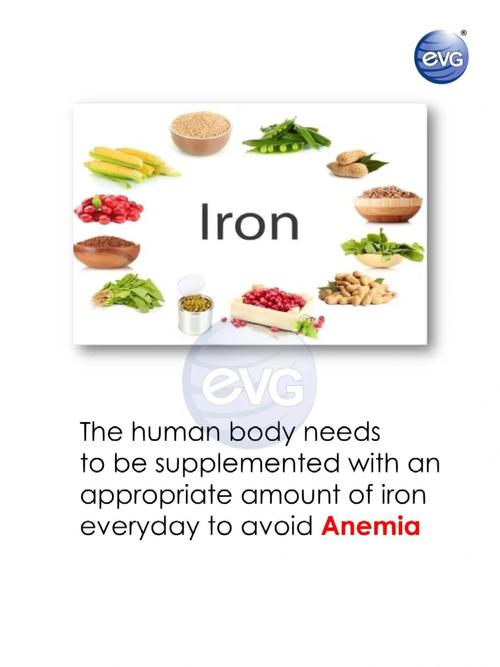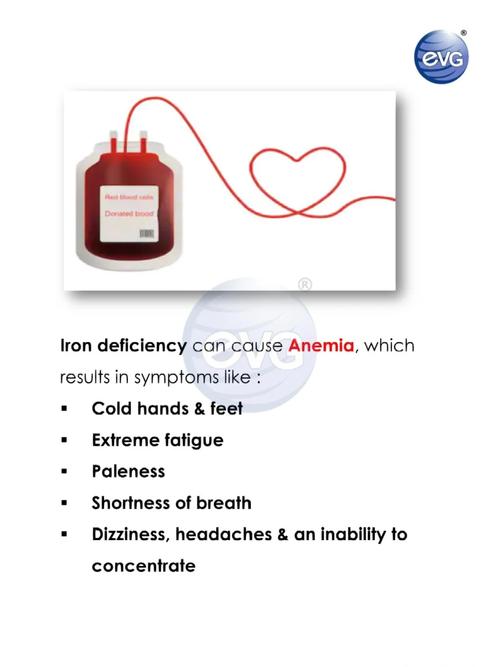
Understanding Anemia: A Comprehensive Guide
Anemia, often referred to as a condition where the blood lacks adequate healthy red blood cells, is a common health issue affecting millions worldwide. In this detailed guide, we will delve into the various aspects of anemia, including its causes, symptoms, diagnosis, and treatment options.
What is Anemia?
Anemia is characterized by a reduced number of red blood cells or a decrease in the amount of hemoglobin, the protein in red blood cells that carries oxygen to the body’s tissues. This deficiency can lead to a range of symptoms, from mild fatigue to severe complications.

Causes of Anemia
There are several causes of anemia, including:
| Causes | Description |
|---|---|
| Iron Deficiency | One of the most common causes of anemia, iron deficiency occurs when the body doesn’t have enough iron to produce hemoglobin. |
| Vegetarian Diet | Vegetarians and vegans may be at risk of developing anemia due to a lack of iron from animal sources. |
| Chronic Diseases | Conditions like kidney disease, cancer, and inflammatory diseases can lead to anemia. |
| Genetic Disorders | Hereditary conditions like sickle cell anemia and thalassemia affect the production of red blood cells. |
| Drugs and Medications | Some medications, such as certain antibiotics and chemotherapy drugs, can cause anemia as a side effect. |
Symptoms of Anemia
The symptoms of anemia can vary depending on the severity and underlying cause. Common symptoms include:
- Fatigue and weakness
- Lightheadedness or dizziness
- Shortness of breath
- Heart palpitations
- Headaches
- Increased heart rate
- Increased thirst and hunger
- Paleness of the skin
Diagnosis of Anemia
Diagnosing anemia typically involves a physical examination and blood tests. The following tests may be conducted:
- Complete Blood Count (CBC): This test measures the number of red blood cells, white blood cells, and platelets in the blood.
- Hemoglobin Test: This test measures the amount of hemoglobin in the blood.
- Red Blood Cell Indices: These tests provide information about the size, shape, and maturity of red blood cells.
Treatment of Anemia
The treatment of anemia depends on the underlying cause. Common treatment options include:

- Iron Supplements: For iron deficiency anemia, iron supplements may be prescribed.
- Medications: Certain medications, such as erythropoietin, can stimulate red blood cell production.
- Blood Transfusions: In severe cases, blood transfusions may be necessary to increase the number of red blood cells.
- Lifestyle Changes: Adopting a healthy diet, exercising regularly, and avoiding smoking and excessive alcohol consumption can help manage anemia.
Prevention of Anemia
Preventing anemia involves maintaining a healthy lifestyle and addressing potential risk factors. Here are some tips:
- Consume a balanced diet rich in iron, vitamin C, and vitamin B12.
- Avoid excessive alcohol consumption and smoking.
- Regularly screen for anemia, especially for individuals at risk, such as pregnant women, elderly individuals, and those with chronic diseases.
In conclusion, anemia is a complex condition with various causes and treatment options. By understanding the symptoms, causes, and treatment methods, individuals can take proactive steps to manage and prevent anemia.


